Understanding iPhone Wallpaper Formats: A Comprehensive Guide
Related Articles: Understanding iPhone Wallpaper Formats: A Comprehensive Guide
Introduction
With great pleasure, we will explore the intriguing topic related to Understanding iPhone Wallpaper Formats: A Comprehensive Guide. Let’s weave interesting information and offer fresh perspectives to the readers.
Table of Content
Understanding iPhone Wallpaper Formats: A Comprehensive Guide
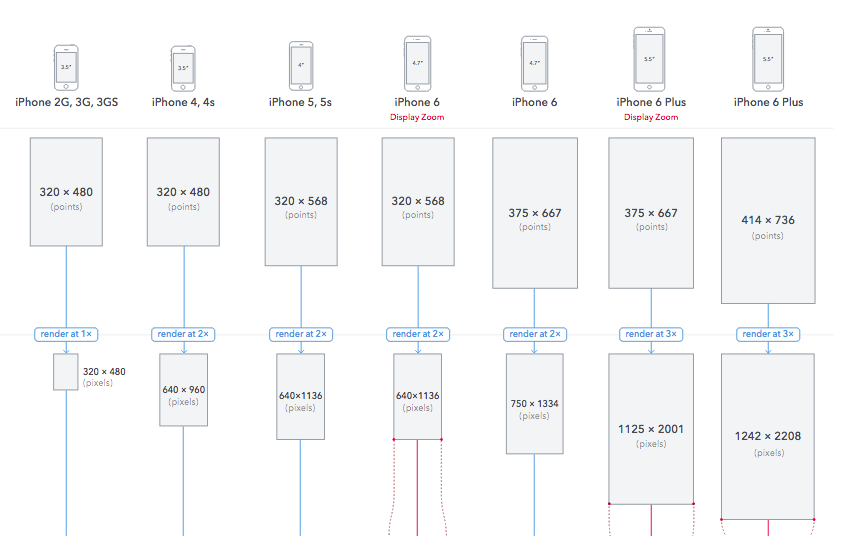
The iPhone, a ubiquitous device in today’s world, offers a vast canvas for personal expression through its wallpaper settings. Choosing the right wallpaper can significantly enhance the user experience, transforming a simple device into a reflection of individual taste and style. However, navigating the world of iPhone wallpaper formats can be confusing for some. This comprehensive guide aims to demystify the different formats, their implications, and best practices for creating and using visually appealing wallpapers.
Image Formats: The Foundation of iPhone Wallpapers
iPhone wallpapers primarily rely on image formats, which determine how the image data is stored and displayed. Understanding these formats is crucial for selecting the right image for your wallpaper and achieving the desired visual outcome.
1. JPEG (Joint Photographic Experts Group):
- Characteristics: JPEG is a widely used, lossy compression format, meaning it sacrifices some image data to reduce file size. This makes it ideal for sharing and storing images online, as it significantly shrinks file size without noticeable quality loss in most cases.
- Advantages: Smaller file size, efficient compression, widely supported across platforms.
- Disadvantages: Lossy compression can lead to slight degradation in image quality, especially when repeatedly saved or edited.
2. PNG (Portable Network Graphics):
- Characteristics: PNG is a lossless compression format, preserving all image data without any loss. This makes it suitable for images with sharp edges, text, or complex details, where quality is paramount.
- Advantages: Lossless compression maintains image quality, supports transparency for overlay effects, ideal for graphics and text-heavy images.
- Disadvantages: Larger file size compared to JPEG, less common support in older software.
3. HEIC (High Efficiency Image Container):
- Characteristics: HEIC is Apple’s proprietary format introduced with iOS 11, offering significantly better compression than JPEG while maintaining high image quality. It utilizes advanced compression techniques to reduce file size without compromising detail.
- Advantages: Superior compression, excellent image quality, efficient storage, supported on all recent Apple devices.
- Disadvantages: Limited support outside Apple ecosystems, older devices may require conversion.
4. GIF (Graphics Interchange Format):
- Characteristics: GIF is a format primarily known for its ability to display simple animations. While not commonly used for static wallpapers, it can be employed for dynamic effects or short animated sequences.
- Advantages: Supports animation, transparent backgrounds, widely supported across platforms.
- Disadvantages: Limited color palette, larger file size compared to JPEG and PNG, not ideal for high-resolution images.
Choosing the Right Format:
The choice of format depends largely on the specific wallpaper and its intended use. For high-quality, static images, JPEG or HEIC are generally preferred due to their excellent compression and image quality. PNG is a better choice for images with sharp edges, text, or transparency needs. GIF is suitable for animated wallpapers or simple animations.
Resolution and Dimensions: Scaling Up Your Wallpaper Experience
The resolution and dimensions of your wallpaper play a crucial role in its visual appeal on the iPhone screen. Higher resolution images translate to sharper details and a more immersive experience, while correct dimensions ensure the wallpaper fits perfectly without stretching or distortion.
1. iPhone Resolutions:
- iPhone 14 Pro Max: 2796 x 1290 pixels
- iPhone 14 Pro: 2796 x 1290 pixels
- iPhone 14 Plus: 2778 x 1284 pixels
- iPhone 14: 2778 x 1284 pixels
- iPhone SE (3rd generation): 1640 x 2360 pixels
- iPhone 13 Pro Max: 2778 x 1284 pixels
- iPhone 13 Pro: 2778 x 1284 pixels
- iPhone 13: 2778 x 1284 pixels
- iPhone 13 mini: 2532 x 1170 pixels
- iPhone 12 Pro Max: 2778 x 1284 pixels
- iPhone 12 Pro: 2778 x 1284 pixels
- iPhone 12: 2532 x 1170 pixels
- iPhone 12 mini: 2340 x 1080 pixels
- iPhone 11 Pro Max: 2688 x 1242 pixels
- iPhone 11 Pro: 2436 x 1125 pixels
- iPhone 11: 1792 x 828 pixels
- iPhone XR: 1792 x 828 pixels
- iPhone XS Max: 2688 x 1242 pixels
- iPhone XS: 2436 x 1125 pixels
- iPhone X: 2436 x 1125 pixels
2. Aspect Ratios:
- Standard: 16:9 (commonly used for videos and displays)
- Wide: 19.5:9 (used in newer iPhone models with larger displays)
3. Scaling and Distortion:
- Stretching: When an image with a different aspect ratio is used as a wallpaper, it can be stretched to fit the screen, leading to distortion and loss of quality.
- Cropping: To avoid distortion, the image can be cropped to fit the screen’s aspect ratio, but this may cut off parts of the image.
Best Practices for Choosing Wallpaper Dimensions:
- Match the aspect ratio: Choose an image with an aspect ratio that closely matches your iPhone’s screen aspect ratio to avoid distortion.
- Use high-resolution images: Opt for images with resolutions exceeding your iPhone’s screen resolution for sharper details and a more immersive experience.
- Consider cropping: If the image’s aspect ratio doesn’t perfectly match your iPhone’s screen, consider cropping the image to fit the screen without distortion.
Beyond Images: Exploring Dynamic Wallpapers
While static images are the most common choice for wallpapers, iPhones also support dynamic wallpapers, which add a layer of interactivity and visual dynamism.
1. Live Photos:
- Characteristics: Live Photos capture a short video clip along with a still image, allowing you to bring your wallpapers to life with a subtle animation when you press and hold on the home screen.
- Advantages: Adds a touch of animation to your wallpaper, captures moments in motion.
- Disadvantages: Limited to short animations, may not be suitable for all image styles.
2. Dynamic Wallpapers:
- Characteristics: These wallpapers are animated sequences built into iOS, often featuring abstract designs or nature scenes that subtly shift and change with time.
- Advantages: Provides a constantly evolving visual experience, adds a touch of dynamism to the home screen.
- Disadvantages: Limited selection of pre-installed wallpapers, may not be customizable.
3. Third-Party Apps:
- Characteristics: Many third-party apps offer more extensive libraries of dynamic wallpapers, including animated GIFs, video loops, and interactive elements.
- Advantages: Wider selection of dynamic wallpapers, potentially more customizable options.
- Disadvantages: May require additional app installations, potential privacy concerns.
FAQs: Demystifying iPhone Wallpaper Formats
Q: What is the best wallpaper format for iPhone?
A: The best format depends on your specific needs. For high-quality, static images, HEIC is generally preferred due to its excellent compression and image quality. JPEG is also a viable option, while PNG is suitable for images with sharp edges, text, or transparency needs.
Q: How do I change my iPhone wallpaper?
A: To change your wallpaper, open the Settings app, tap on "Wallpaper," then select "Choose a new wallpaper." You can choose from pre-installed wallpapers, your photo library, or download new wallpapers from third-party apps.
Q: Can I use any image as a wallpaper?
A: While you can technically use any image as a wallpaper, the best results are achieved with images optimized for iPhone screen resolutions and aspect ratios. Images with incorrect dimensions may be stretched or cropped, affecting their visual quality.
Q: What is the difference between a static and a dynamic wallpaper?
A: A static wallpaper is a single image that remains unchanged, while a dynamic wallpaper features animation or movement, bringing a sense of dynamism to the home screen.
Q: How do I create my own iPhone wallpaper?
A: You can create your own iPhone wallpaper using image editing software like Photoshop, GIMP, or online tools like Canva. Ensure the image is in a suitable format (JPEG, PNG, HEIC), has the correct aspect ratio, and is optimized for iPhone screen resolution.
Tips for Choosing and Using iPhone Wallpapers:
- Consider your personal style: Choose a wallpaper that reflects your personality and interests.
- Match the colors: Select a wallpaper that complements the overall color scheme of your iPhone and apps.
- Use high-quality images: Opt for high-resolution images to ensure a crisp and clear visual experience.
- Experiment with different formats: Explore different image formats to find the best fit for your needs.
- Utilize dynamic wallpapers: Add a touch of animation and interactivity to your home screen with live photos or dynamic wallpapers.
- Download from reputable sources: Ensure you download wallpapers from trusted sources to avoid malware or privacy issues.
Conclusion: Personalizing Your iPhone with the Right Wallpaper
Choosing the right wallpaper can significantly enhance the user experience on your iPhone, transforming a simple device into a personal reflection of your style and taste. Understanding the different image formats, resolutions, and dimensions is crucial for selecting and creating visually appealing wallpapers. Whether you prefer static images, dynamic animations, or a combination of both, there’s a wallpaper out there to elevate your iPhone experience. By following the tips and insights provided in this guide, you can confidently navigate the world of iPhone wallpapers and create a visually engaging and personalized device.
![�� [47+] iPhone 6s Wallpapers Dimensions WallpaperSafari](https://cdn.wallpapersafari.com/57/48/XLUCVM.png)

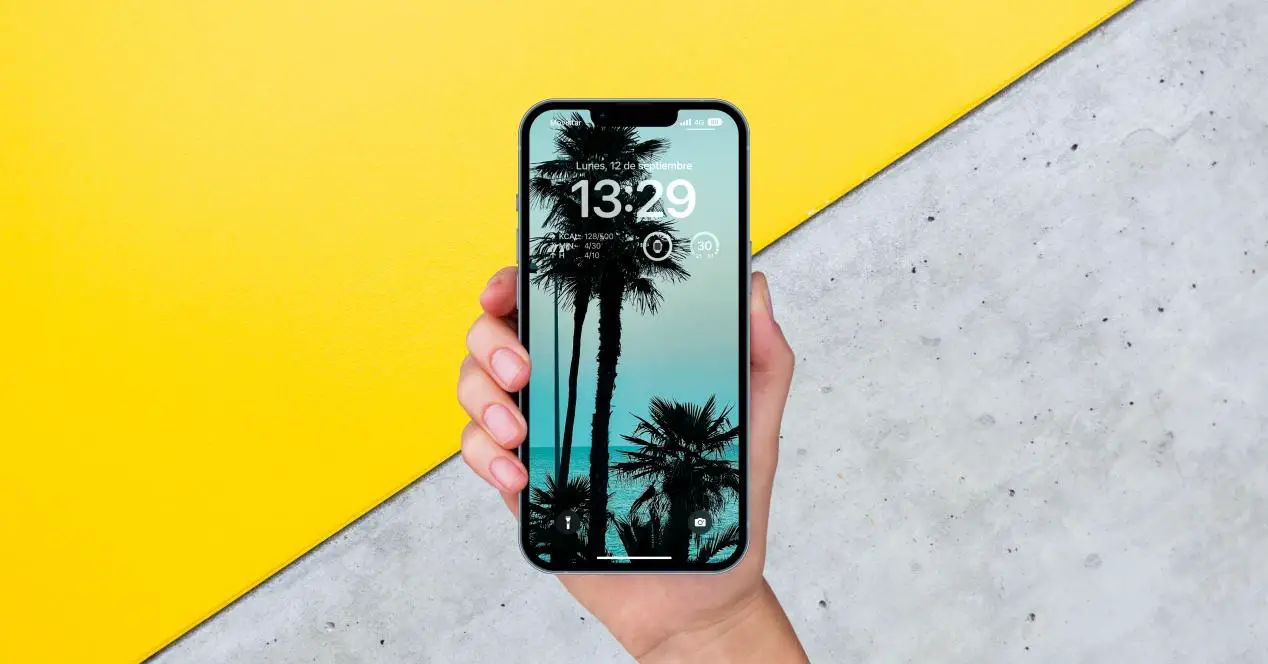
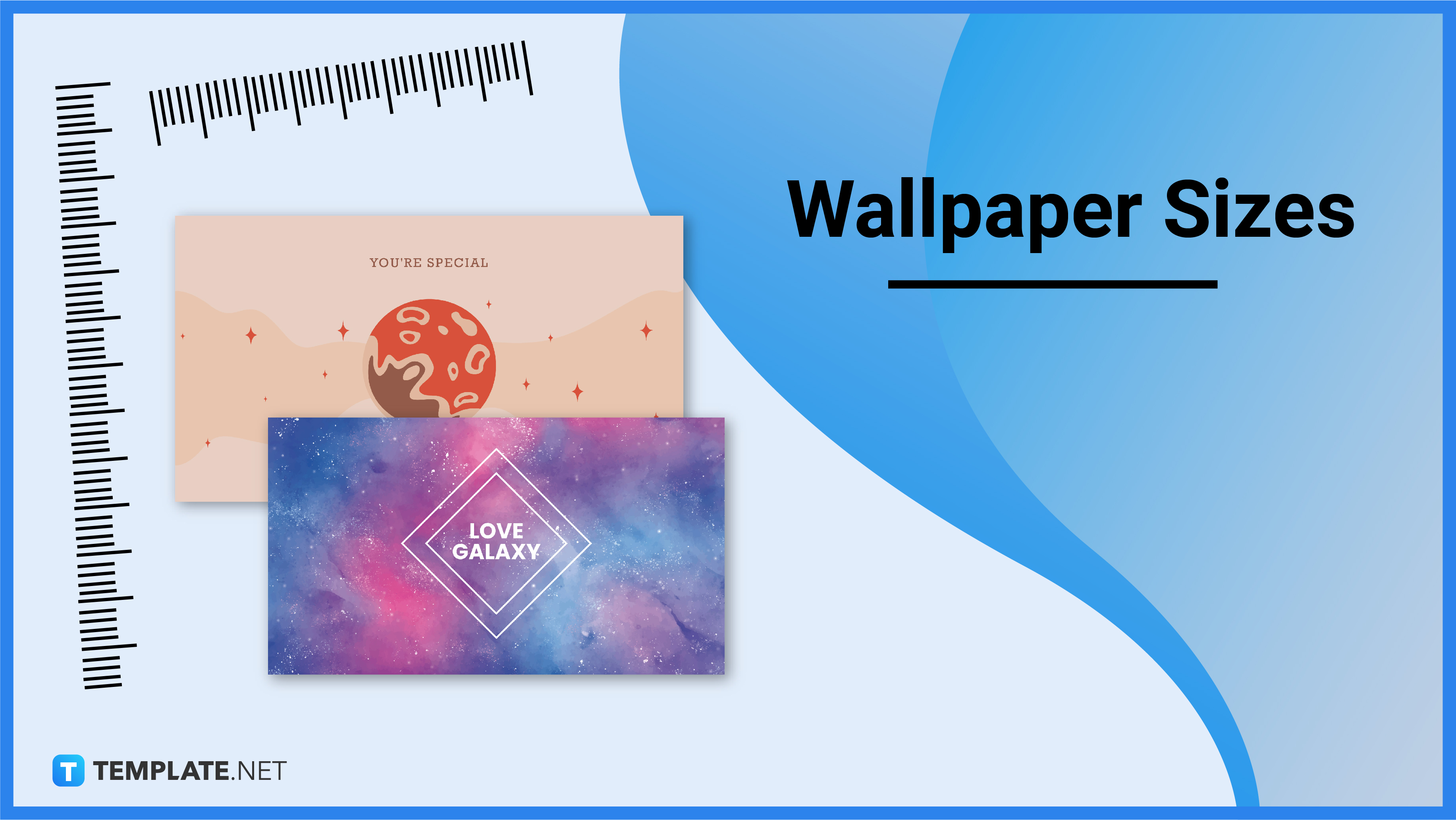
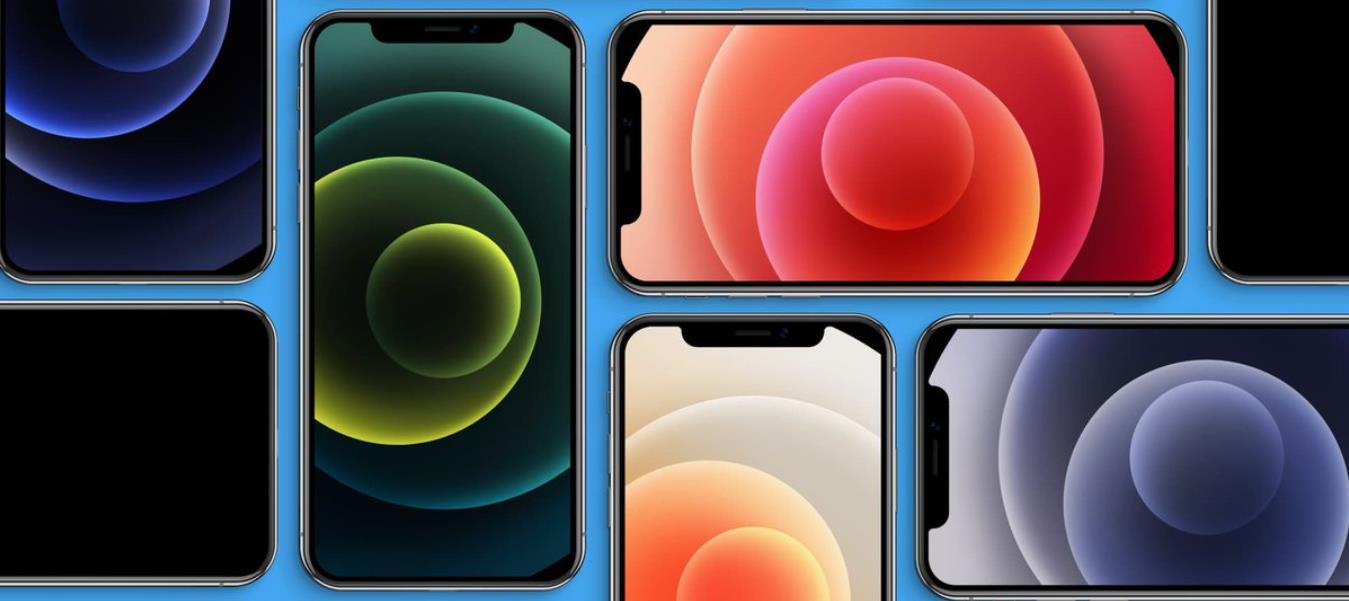
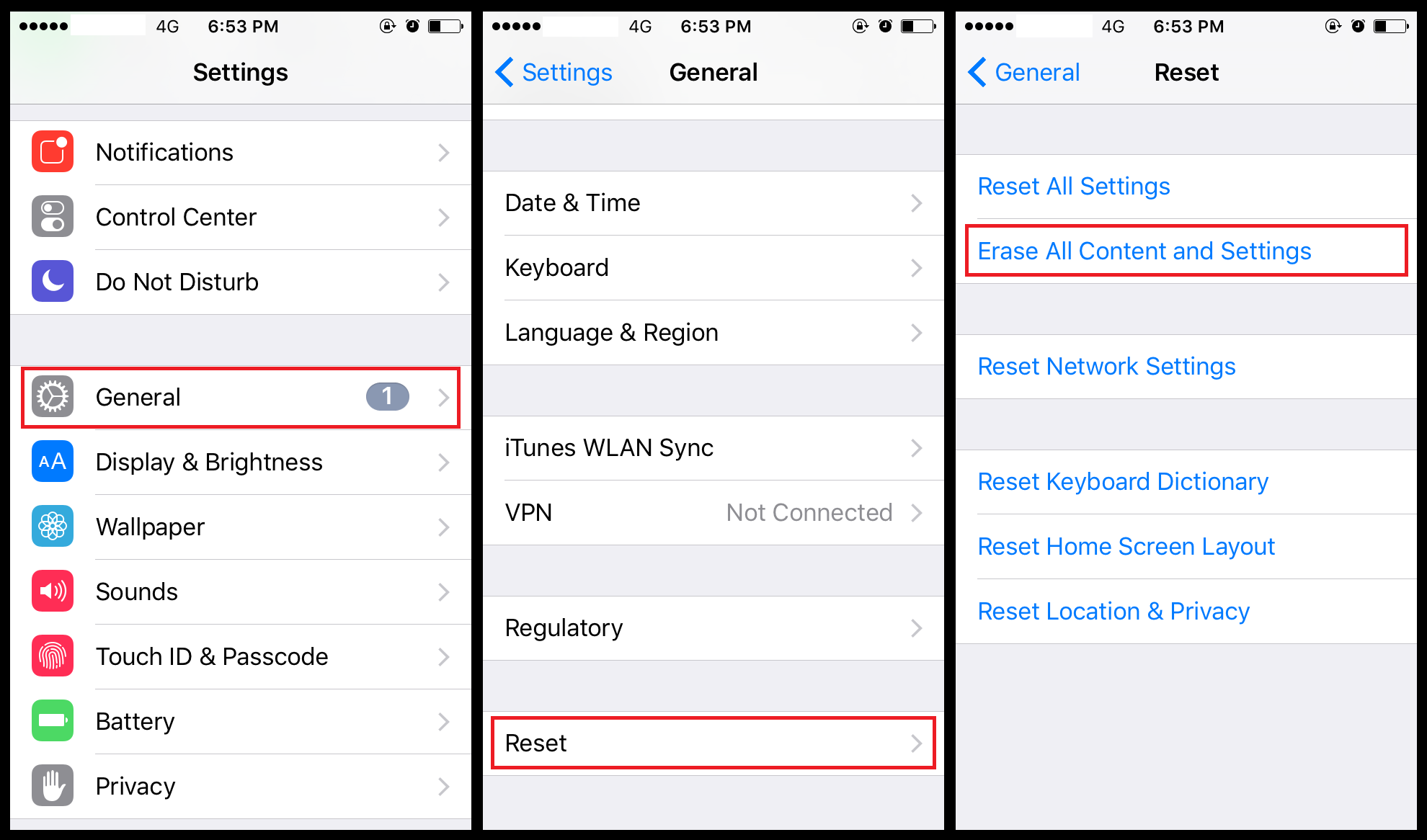

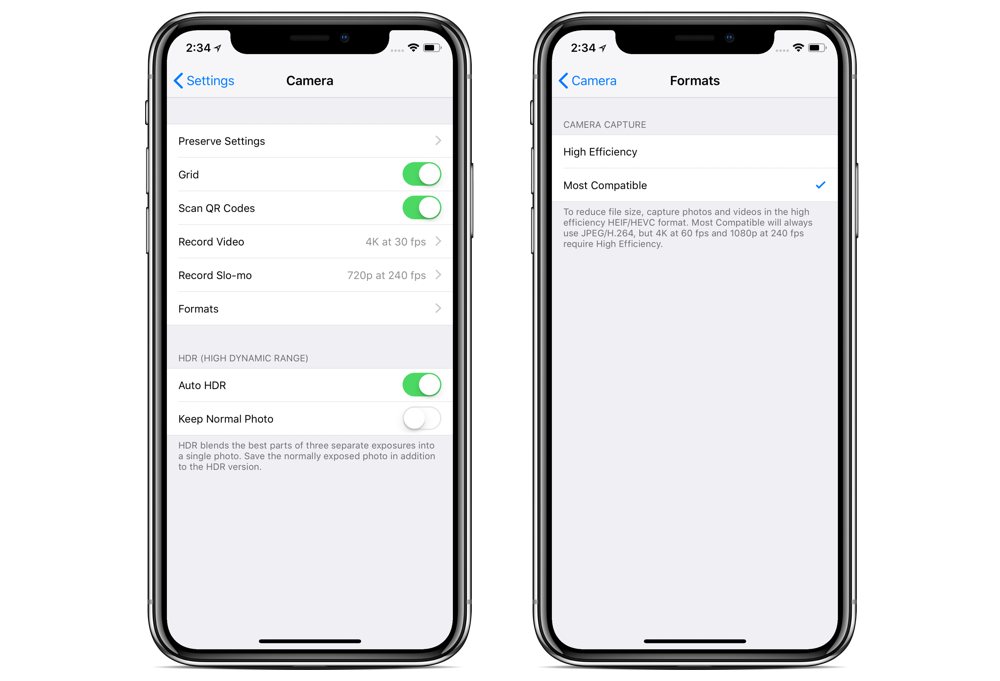
Closure
Thus, we hope this article has provided valuable insights into Understanding iPhone Wallpaper Formats: A Comprehensive Guide. We thank you for taking the time to read this article. See you in our next article!
